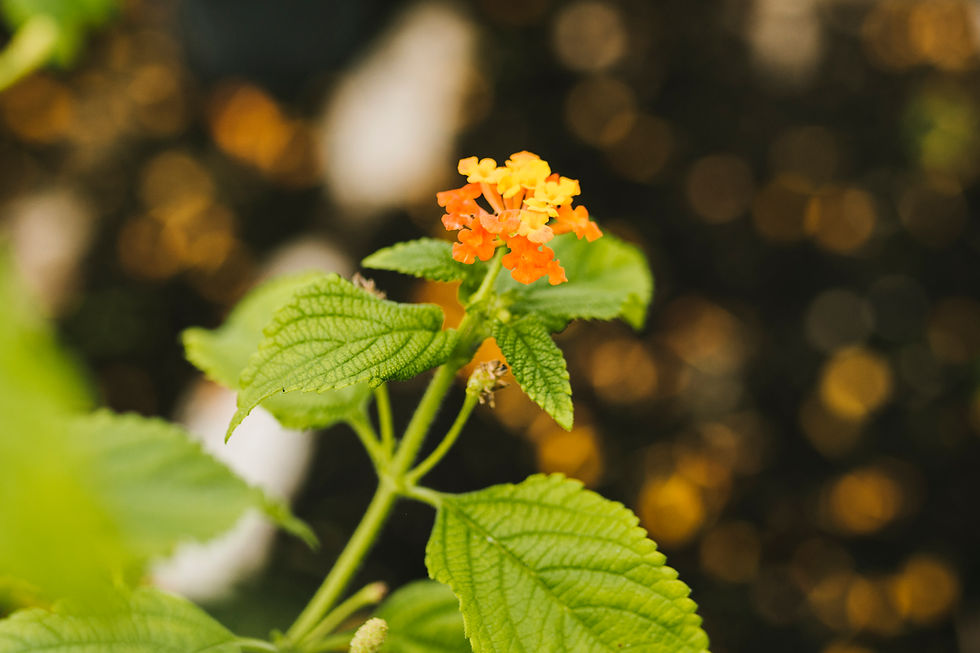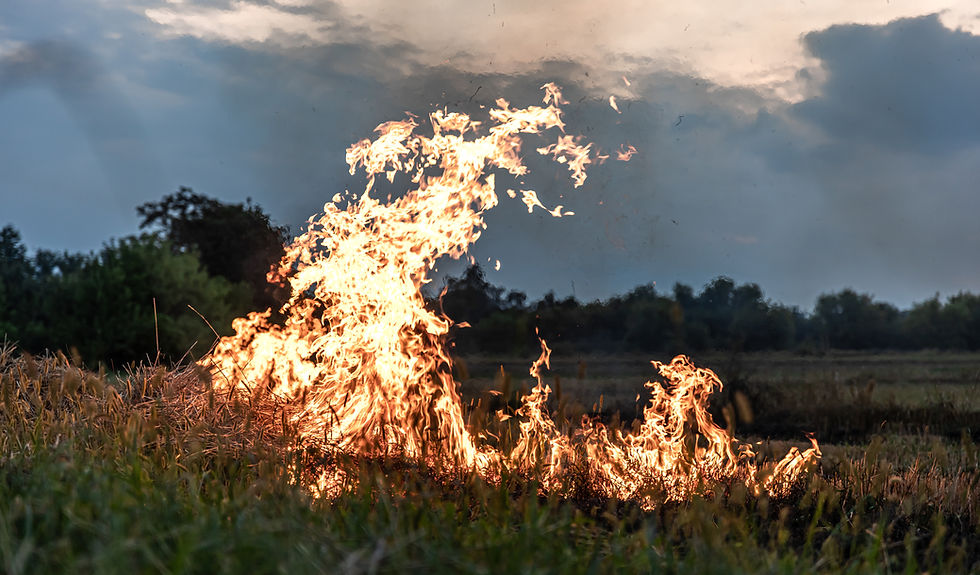Lantana: The Invader That Fills a Void
- Wolfscape

- Aug 4
- 2 min read
Updated: Aug 10

You’ve seen it — flowering bright pink, orange or yellow, spreading like wildfire through gullies, pastures and bushland. Lantana camara is one of the most recognisable — and reviled — invasive shrubs in eastern Australia.
It’s thorny, stubborn, toxic to stock, and legally declared a noxious weed in many regions. But at Wolfscape, we believe Lantana is more than just a pest. It’s also a symptom of something deeper, and a clue about what the land might be asking for.
What Is Lantana?
Lantana is a woody, fast-growing shrub native to Central and South America. Introduced to Australia in the 1800s as a garden ornamental, it quickly escaped cultivation and is now a major environmental weed across much of the country.
It spreads via birds, animals, and garden dumping — and once it takes hold, it forms dense thickets that:
Outcompete native vegetation
Block wildlife movement
Fuel intense bushfires
Poison livestock
It thrives in disturbed or abandoned areas — old farmland, overgrazed paddocks, burnt slopes, and regrowth forests.
Why Is It Really There?
At first glance, it’s easy to see Lantana as the enemy. But like many weeds, it often shows up where something’s already missing — like healthy soil cover, canopy, or a functioning succession process.
So here’s the Wolfscape theory: Lantana is nature’s attempt at rapid patch repair.
Yes, it’s aggressive — but it also:
Shades and cools exposed soil
Prevents erosion on degraded slopes
Creates microclimates that shelter emerging seedlings
Adds organic matter to the system as it breaks down
In its own chaotic way, Lantana acts as a low-quality pioneer — trying to hold space until something better can grow. The problem is, that "something better" often never arrives without active intervention.
What Wolfscape Does About It
We treat Lantana seriously — but we don’t just slash it and walk away. Our removal is always tied to succession support.
Our process includes:
Assessing soil and site conditions before removal
Targeted mechanical and chemical control based on density and terrain
Monitoring for regrowth from seedbanks and root systems
Supporting recovery with early succession natives, mulch, or natural regeneration strategies
Helping the land take the next step — not just clearing space, but guiding it forward
In other words, we don’t just fight Lantana — we replace its function with something better.
Remove, Recover, Replace
Clearing Lantana without planning for what comes next is a fast way to get more Lantana.
That’s why every job we do includes a recovery strategy — designed around your land, its history, and its potential. Whether it’s slope stabilisation, wildlife corridors, or pasture restoration, we aim for more than just weed control. We aim for ecosystem renewal.




Comments